HTC One max Review - It's Huge
by Brian Klug on October 28, 2013 10:00 AM EST- Posted in
- Smartphones
- HTC
- Mobile
- One
- Snapdragon 600
- Android 4.3
- One max
The One max joins a small but growing list of phones that include a fingerprint scanner for unlocking the device. I’ll leave the discussion about whether fingerprints are fundamentally usernames or passwords for another day, but fingerprint scanners seem to be in vogue right now for mobile phones. You could make the case that the perceived increase in security that comes with fingerprint scanners is both an enterprise or consumer play, again I’ll leave that philosophical discussion for another day. I remember the Motorola Atrix and its fingerprint scanner being a big deal a while ago, since then we’ve had the iPhone 5s dramatically reintroduce the fingerprint scanner and now the One max follow suit.
The One max fingerprint sensor is a swipe type, meaning there’s some kind of strip sensor inside that you swipe your finger across. Sliding your finger over this strip allows the module to scan a 2D region and extract features that are then used to identify a fingerprint. The One max hides this scanner inside a black square that’s slightly recessed on the back of the device, just beneath the camera. I’m reminded somewhat of the LG G2 and its rear-mounted power and volume buttons which also sit just beneath the rear-facing camera. Perhaps that’s a missed opportunity for LG, which could have also gone with a swipe type sensor in its power button. On the One max anyhow there’s no button, just the sensor. Although the fingerprint sensor is recessed slightly, it’s somewhat difficult to locate with just one’s index finger, something that results in inadvertent smudging of the rear-facing camera cover glass, something that didn’t happen as much with the G2 because there’s a larger lip and easily locatable bump.
The placement of the fingerprint sensor makes sense given that of the power button. As stated earlier for right handed users this means your index finger sits naturally near the sensor if your thumb is on the power button. Since the fingerprint button still requires activation to unlock the One max, you still need to press power to turn it on before you can swipe your finger and finally unlock it. I find myself wishing the fingerprint sensor was itself a button, something like the iPhone 5s, so unlocking could be as simple as pressing and swiping with the same finger. On the iPhone 5s the best activation pattern is pressing the home button and leaving the finger in contact with the button.
Setup requires you to set a passcode, after which a few training swipes trains the sensor for the finger you’ve chosen. Although the animation that plays shows the finger aligned along the long axis of the phone, for greater accuracy I trained the One max with my finger at the angle it would naturally be given my thumb on the power button. The only requirement given the swipe sensor is that the slide motion is straight down and not skewed.
The One max fingerprint sensor allows for up to 3 fingers to be paired, each able to either unlock or have the option of both unlocking and launching an application. I like the idea of fingerprints as shortcuts, something the iPhone 5s implementation lacks, but three fingers seems like a curiously low number given the ten digits humans have to work with. On the other hand, the placement of the button really limits you to middle and index fingers being viable options. In terms of functionality, although Apple doesn’t yet use fingerprints as shortcuts, Apple does use the fingerprint scanner to authenticate iTunes, iBooks, and App Store purchases, something HTC can’t quite do with the One max for Google Play purchases, at least until Google makes an API for it.
I initially trained the fingerprint sensor with my index finger being swiped straight down, and had some issues with unlocks requiring multiple swipes. Doing finger enrollment and training at an angle closer to how I actually swipe it naturally (at an angle) made the accuracy better, but the reality is that unlocking the One max still requires multiple tries more often than not. There isn’t much processing latency after a scan, but I had hoped the One max sensor would be tap and hold rather than swipe given its shape. I’m not clear what suppliers are involved for the sensor, but I’m told the One max also securely stores just the extracted features and not the fingerprint images (which is a no brainer). I haven’t delved much into the infrastructure used to secure the fingerprint features yet either. I’m also not sure whether the One max learns additional parts of the finger which wasn’t part of initial training the same way Apple’s does.
Although I don’t think anyone has totally nailed the fingerprint sensor yet on a device, the One max implementation definitely is further from perfection than Apple’s. Although it does work reasonably well, it still isn’t the transparent kind of convenience that I feel will compel users who ordinarily wouldn’t have to used a passcode to go and use the fingerprint scanner. I’ve continued using the fingerprint scanner on the One max, however.


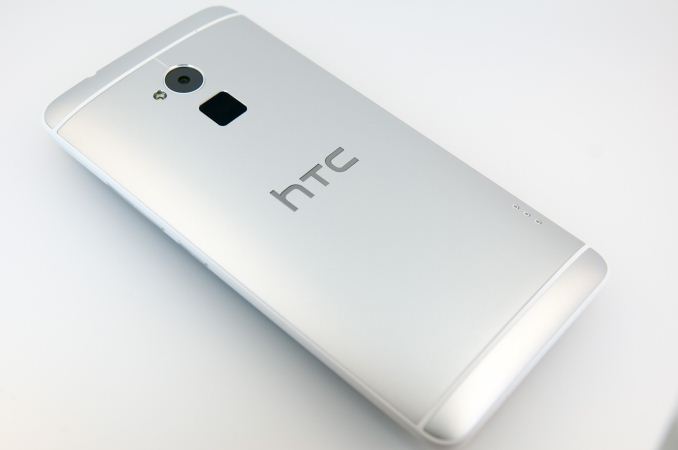
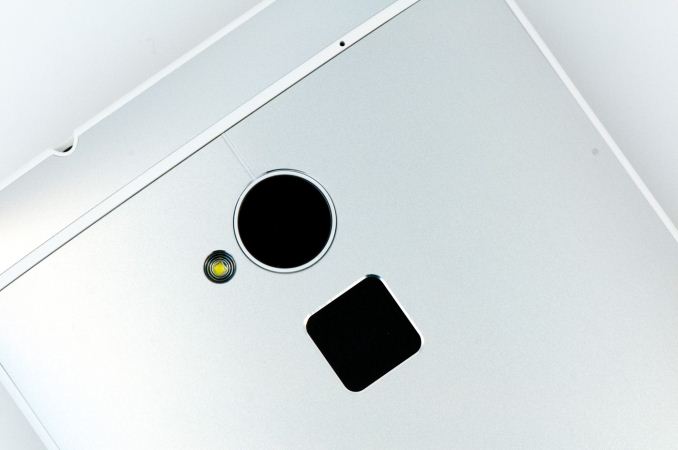
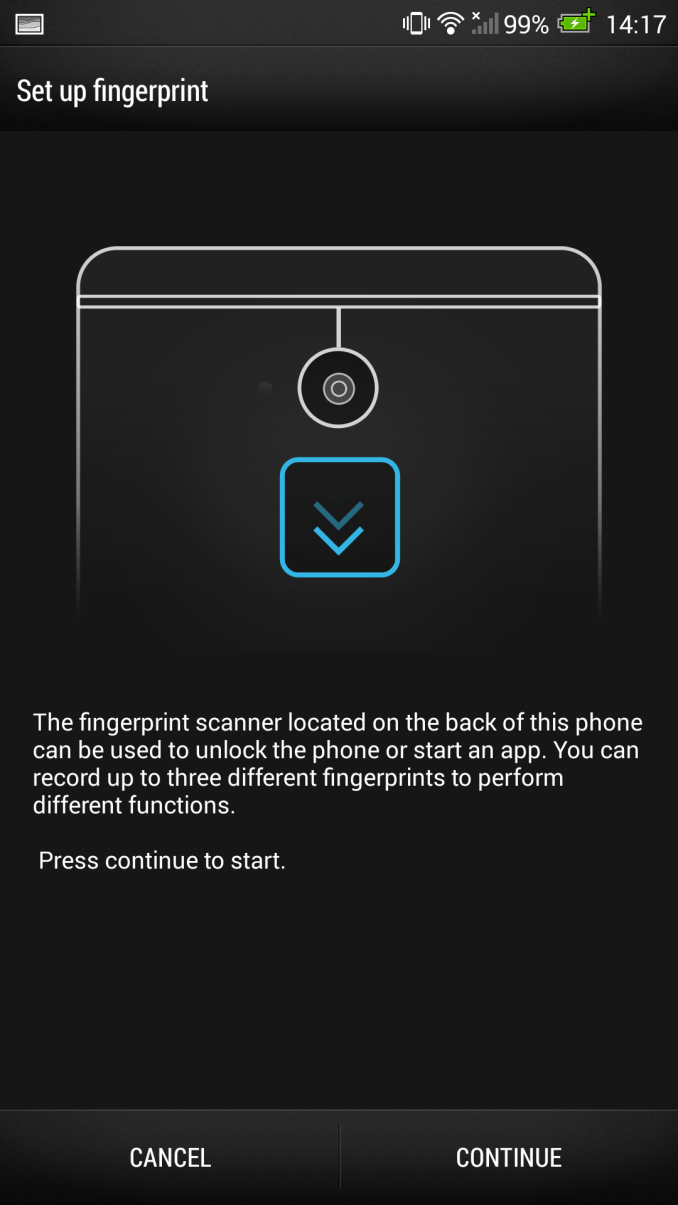
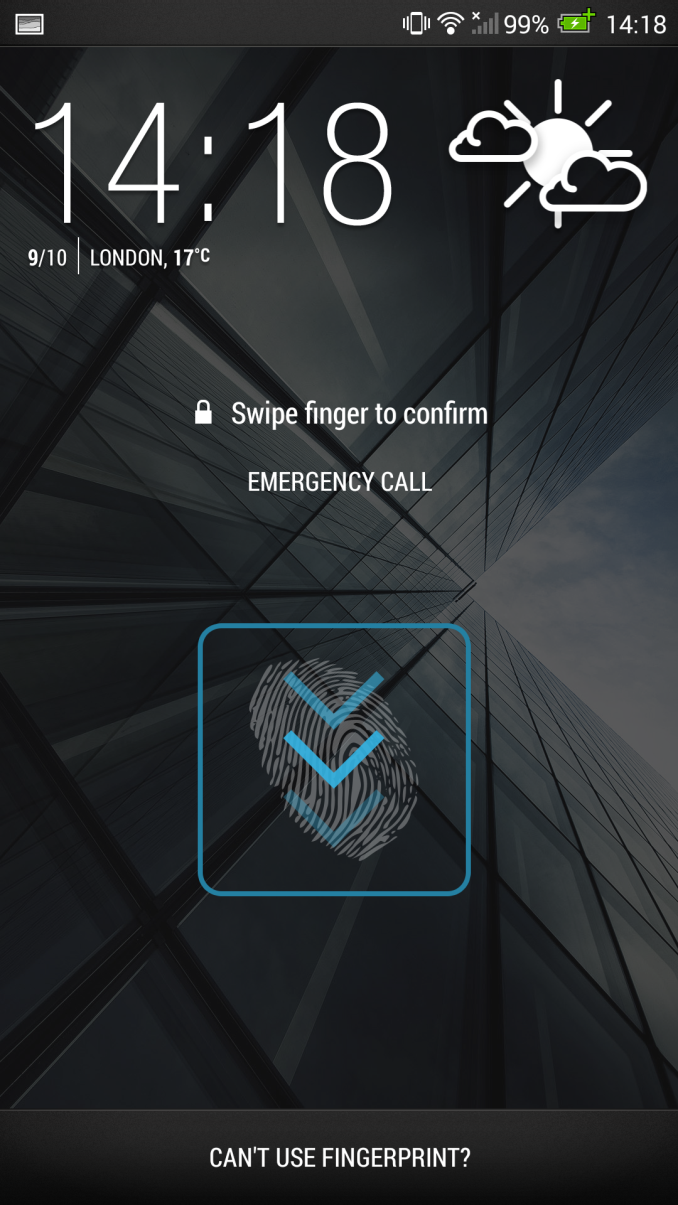

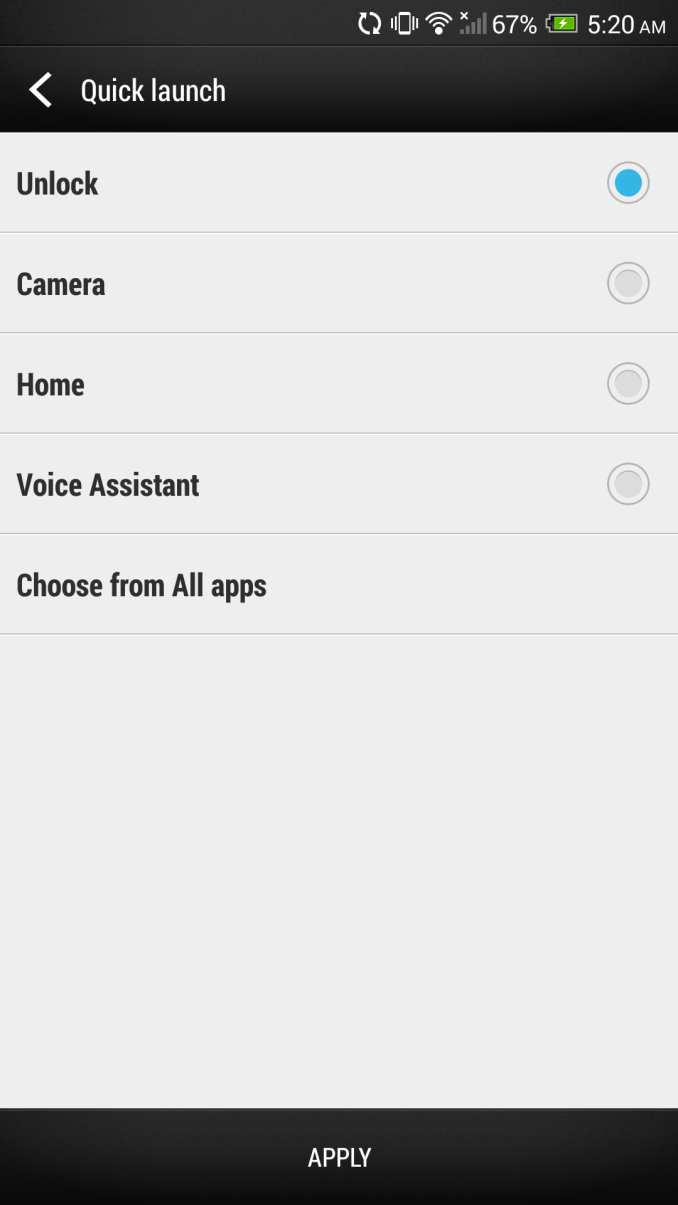








197 Comments
View All Comments
Steven JW FCK - Monday, October 28, 2013 - link
"I’ve said my part already on microSD cards and the fact that they’re going the way of the dodo in smartphones, I just don’t need one anymore, and definitely not at the expense of build quality. It is convenient not having to use a SIM ejector tool though, even if I carry one around all the time anyways"I'm sorry, you carry around a sim card removal TOOL, at all times with you, and you don't think micro SD cards are relevant any more? I don't think you are qualified to write a review about this phone if that is your opinion. I mean you would rather use a cloud/pay the extra money for inbuilt storage, than use an affordable, replaceable, micro SD card... But you paid to have a sim card removing tool, and then chose to wear it upon you? At all times?...
10101010 - Monday, October 28, 2013 - link
I'm glad to see that you are not letting this issue with Brian's Klug's anti-local storage bias slip away. The sad fact of the matter is that most reviewers are notoriously biased. Some are biased due to ignorance, some are biased due to payoffs, many are biased due to both.The fact that Brian Klug has some sort of hate trip on SD cards is not surprising. All the big money players in the US want to get rid of local storage so they can (a) increase data revenues (b) mine and sell more data (c) comply with NSA directives to collect more data on people. So we have one of Anandtech's top tier reviewers going off on how bad micro SD cards are, i.e. implying you cannot build a high quality phone if it has a micro SD card. And then the same reviewer disparages the many millions of people who depend on SD cards every day as some sort of unimportant minority.
It seems obvious to me that objectivity and balance have been lost, that the reviewer is just a tool pushing an agenda.
Brian Klug - Monday, October 28, 2013 - link
I clearly am an agent of the NSA and this is a long-game to get all of your data. Clearly.-Brian
nerd1 - Monday, October 28, 2013 - link
So with the same logic laptop should get rid of SD slots too, especially macbooks with SD card sticking out. Heck, earlier macbook pros didn't have one!fenneberg - Monday, October 28, 2013 - link
Still dissing, eh..PC Perv - Tuesday, October 29, 2013 - link
I don't think what 10101010 said translates to your intelligence, lol. For one you are not really a big money player. I think what 10101010 meant is that you happily obey.Dentons - Wednesday, October 30, 2013 - link
Wow, your arrogance is astounding.Stop listening to your friends in the phone manufacturing business for a minute and start listening to the technical crowd that makes up the majority of your readership.
piroroadkill - Monday, October 28, 2013 - link
Hey, HTC, how about the Butterfly S?dawheat - Monday, October 28, 2013 - link
I'm having a tough time liking the One Maxx - it's such a big phone for .2" screen increase over the Note 3, with the on screen buttons eating a decent part of the increased real estate.Also the Note 2 was pretty heavy, the Note 3 was a nice decrease in weight. The difference in weight between the Note 3 and One Maxx is close to the difference in weight between the iPhone 5 and Note 3.
Mondozai - Monday, October 28, 2013 - link
Well, the fingerprint issue isn't really resolved yet. We will have to wait and see how the security aspect goes. Still, my guess is that Apple is probably better at this generally than Android OEMs, specifically 2nd tier ones like HTC.This seems like an unnecessary review, especially as many much bigger launches were ignored. Who will buy HTC One Max? Very few people. HTC is going down anyway.
I'm still waiting for the mother lode: Nexus 5.
I also hope Brian can overcome his WP8 bias and review a few Nokia phones out this fall.